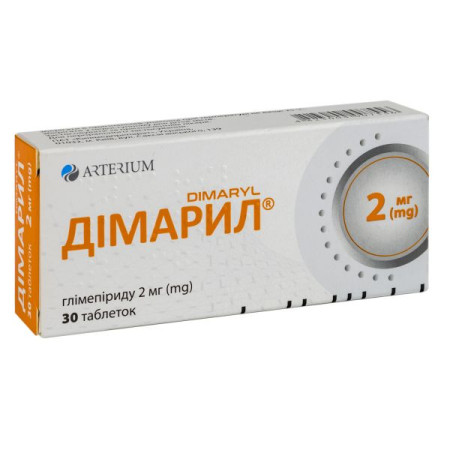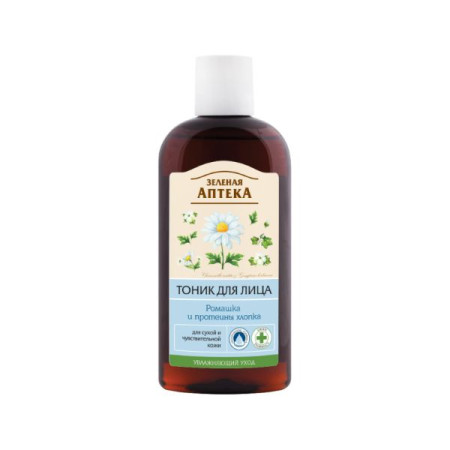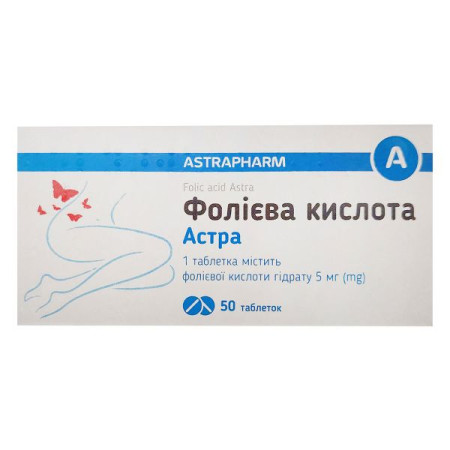Indovazin gel tube 45 g

Instructions for Indovazin gel tube 45 g
Composition
active ingredients: indomethacin, troxerutin;
1 g of gel contains indomethacin 30 mg, troxerutin 20 mg;
excipients: carbomers, disodium edetate, polyethylene glycol (macrogol 400), sodium benzoate (E 211), isopropyl alcohol, dimethyl sulfoxide, Fresco BM & GD R.08.0932.1 flavoring, purified water.
Dosage form
Gel.
Main physicochemical properties: slightly opalescent homogeneous gel, color – from yellow to yellow-brown.
Pharmacotherapeutic group
Angioprotectors. Capillary stabilizing agents. Troxerutin, combinations. ATX code C05C A54.
Pharmacological properties
Pharmacodynamics
Indovazin-Teva is a combined drug that contains indomethacin and troxerutin.
Indomethacin has a pronounced anti-inflammatory, analgesic and anti-edematous effect. This leads to the elimination of pain, reduction of edema and shortens the recovery time of damaged joints and tissues. The mechanism of action is associated with the inhibition of prostaglandin synthesis by reversible blockade of cyclooxygenase. Indomethacin has a more pronounced anti-inflammatory effect compared to salicylates and phenylbutazone.
Troxerutin (trihydroxyethylrutinoside) is a bioflavonoid. It belongs to angioprotective agents. Troxerutin reduces capillary permeability and has a venotonic effect. Blocks the venodilating effect of histamine, bradykinin and acetylcholine. Has an anti-inflammatory effect on perivenous tissues, reduces capillary fragility and has a certain antiplatelet effect. Reduces edema, improves trophism in pathological changes associated with venous insufficiency. When applied to the skin, Indovasin-Teva suppresses inflammatory and edema reactions, eliminates pain and temperature in the foci of inflammation (externally and in deep tissues, reaching the blood vessels located there). Has a venotonic, capillary protective and hemostatic effect.
Pharmacokinetics
Absorption. The ointment base of the drug is selected in such a way as to ensure complete solubility of the active substances and their maximum release. The dosage form in the form of a gel, which includes indomethacin and troxerutin, provides good absorption from the skin surface and therapeutic effect at different levels, creating the necessary concentrations in the surrounding tissues and synovial fluid.
Distribution and biotransformation. Indomethacin is more than 90% bound to plasma proteins and undergoes extensive biotransformation in the liver by O-demethylation and N-deacetylation to inactive compounds. Troxerutin is a mixture of hydroxyethyl derivatives of the bioflavonoid rutin, with trihydroxyethylrutoside (troxerutin) prevailing.
Excretion: Indomethacin is excreted in urine (60%), bile and feces (30%). Since indomethacin passes into breast milk, the drug is not recommended for use during breastfeeding.
Most of the absorbed tri-, di- and monohydroxyethylrutosides are excreted in the bile, a much smaller part is excreted by the kidneys. Tetrahydroxyethylrutoside is excreted mainly in the urine.
Indication
Indovazin-Teva, gel, intended for symptomatic treatment of:
manifestations of chronic venous insufficiency, including varicose veins (swelling, feeling of heaviness and pain in the legs);
superficial thrombophlebitis, phlebitis;
conditions after phlebitis;
in the complex therapy of hemorrhoidal disease;
soft tissue rheumatism: tendovaginitis, bursitis, fibrositis, periarthritis;
edema after surgical interventions;
bruises, dislocations, sprains.
Contraindication
Hypersensitivity (allergy) to the active substance and/or to any of the components of the drug. Hypersensitivity to nonsteroidal anti-inflammatory drugs. Bronchial asthma. The gel should not be applied to mucous membranes, open wound surfaces or in the eyes.
Interaction with other medicinal products and other types of interactions
The drug should not be used together with corticosteroids due to the possibility of potentiating their ulcerogenic effect.
Application features
Indovazin-Teva, gel, is intended for external use only.
Do not exceed the recommended dose.
Apply the gel only to intact skin.
It is not recommended to prescribe the drug to patients with a history of or proven hypersensitivity to food products and medications; in the presence of allergic rhinitis or other allergic reactions and a tendency to such.
If the duration of treatment exceeds 10 days, it is necessary to conduct laboratory monitoring of the number of leukocytes and platelets.
Long-term use of the drug, especially on large areas of skin, should be limited in patients with severe liver and kidney dysfunction, as well as in peptic ulcer disease in the active stage due to the possibility of a high degree of systemic absorption.
Ability to influence reaction speed when driving vehicles or other mechanisms
Does not affect.
Use during pregnancy or breastfeeding
Due to the fact that indomethacin passes into breast milk, the drug should not be used during breastfeeding.
Method of administration and doses
The drug is indicated for external use in adults and children over 14 years of age. The gel should be applied 3-4 times a day in a thin layer to the affected areas with light massage movements. The amount of one dose is 4-5 cm of gel. The total daily dose should not exceed 20 cm.
The duration of treatment is no more than 10 days.
Children.
It is not recommended to use Indovazin-Teva in children under 14 years of age, due to the lack of sufficient clinical experience.
Overdose
No cases of overdose with topical application of the drug have been recorded.
During long-term treatment (more than 10 days), it is necessary to monitor possible manifestations of systemic effects - hepatotoxicity, severe headache, hemorrhage. It is necessary to monitor the leukocyte and platelet counts.
If the gel is accidentally swallowed, a burning sensation in the mouth, increased salivation, nausea, vomiting may occur. In such cases, it is necessary to rinse the mouth and stomach, and if necessary, carry out symptomatic treatment.
If the gel gets into the eyes, mucous membranes and open wounds, local irritation is observed - tearing, redness, burning, pain. Necessary measures to eliminate the consequences - washing the areas of accidental contact with the drug with a large amount of distilled water or 0.9% sodium chloride solution until the symptoms are eliminated or reduced.
Adverse reactions
The drug is usually well tolerated.
Local reactions: possible symptoms of hypersensitivity on the skin - contact dermatitis, itching, redness, rash, feeling of warmth and burning in the area of application.
The drug contains sodium benzoate, which has a moderate irritant effect on the skin, eyes and mucous membranes.
The product contains dimethyl sulfoxide, which may cause skin irritation.
Systemic reactions: very rarely, with long-term use on large areas of the body, side effects may occur:
from the digestive tract - nausea, vomiting, dyspepsia, abdominal pain, increased levels of liver enzymes;
from the immune system - symptoms of hypersensitivity (anaphylaxis, asthma attack, angioedema).
If any adverse reactions occur, you should stop using the drug and consult a doctor regarding further treatment!
Expiration date
2 years.
Storage conditions
Store at a temperature not exceeding 25 ºС. Keep out of reach of children! After first opening the tube, store for 6 months under the specified conditions!
Packaging
Gel in a 45 g tube, 1 tube in a cardboard pack.
Vacation category
Without a prescription.
Producer
Balkanpharma-Troyan JSC/Balkanpharma-Troyan AD.
Location of the manufacturer and its business address
1 Krayrechna Str., 5600 Troyan, Bulgaria.
There are no reviews for this product.
There are no reviews for this product, be the first to leave your review.
No questions about this product, be the first and ask your question.












